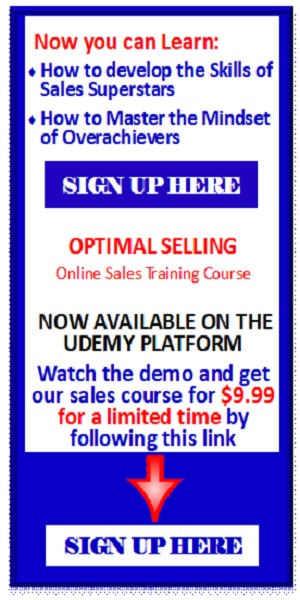When a company takes on a new product line to sell, one of the first things they typically do is call a meeting of the sales people. At this meeting they have the product manager from the marketing department and the technical person supporting the product do a joint presentation on the value the product brings to the marketplace and to their existing customer base. Sales managers then encourage the salespeople to go out and explain the value proposition to as many prospects as they can to boost sales of the new product line and validate the decision of management to bring the product on. This sledgehammer approach to selling value will boost sales but it will also be grueling for both management and the sales team. Initial excitement of the team about the great new product and its value wanes as they hear a continuing stream of comments like: “I don’t see how it will help me”, or “we’re not really able to do anything right now” or “I like it but can’t see how e can use it right now” or any one of a thousand other polite ways of rejecting the new product.
The problem is not the product it is the approach the sales team is using to sell the value. Value, like beauty, is in the eye of the beholder. It does no good for the salesperson to extol the value of the product (or service for that matter) if the prospect does not see the new product as adding value. So how does the new product add value? It only has value to a prospect if it solves a problem that exits in the world of the prospect. It does me no good to have a machine that is three times faster unless my existing machine is too slow and is causing a problem because of its slowness. The total cost of the solution has to exceed the cost of the problem or it will make no sense to change. In other words it will not add value to me, the prospect.
If you want to sell the value of the product, first find out what the prospect considers valuable. You do this by talking to the prospect and discussing his or her operation and problems that they may be having. Of course if I have a new product that management is encouraging me to sell, I would center my discussion on problems that my new product solves. If they are having a problem, ask the prospect how much the problem is costing them. If the cost of the problem is far greater than the cost of your new product then you have the basis for establishing the value in a way that is meaningful to the prospect. Only after you have established the basis for the value should you explain how your product or service can benefit them. If they don’t have a problem that your new product solves, then talk about something else. It keeps rejection to a minimum.


Speak Your Mind
You must be logged in to post a comment.